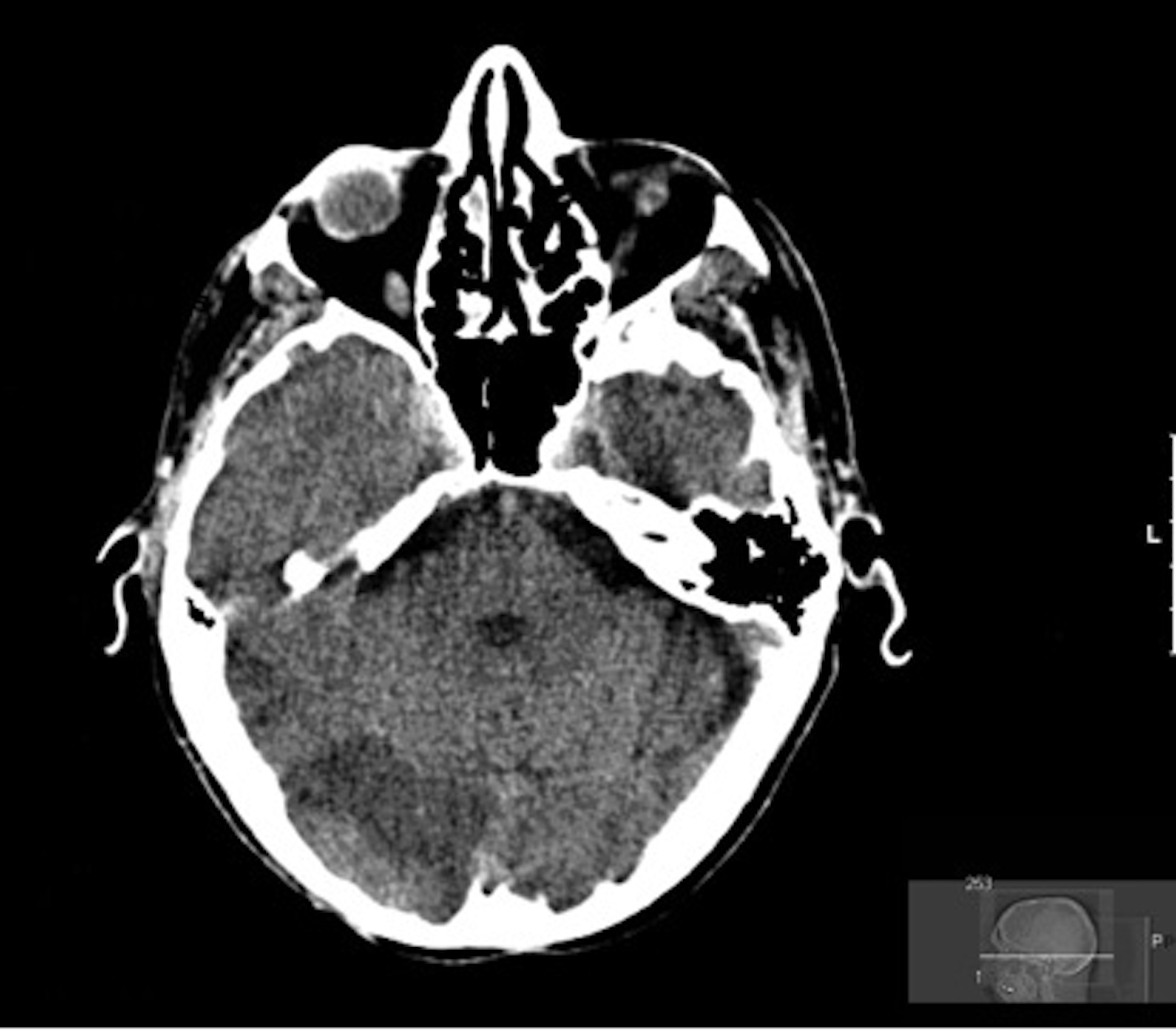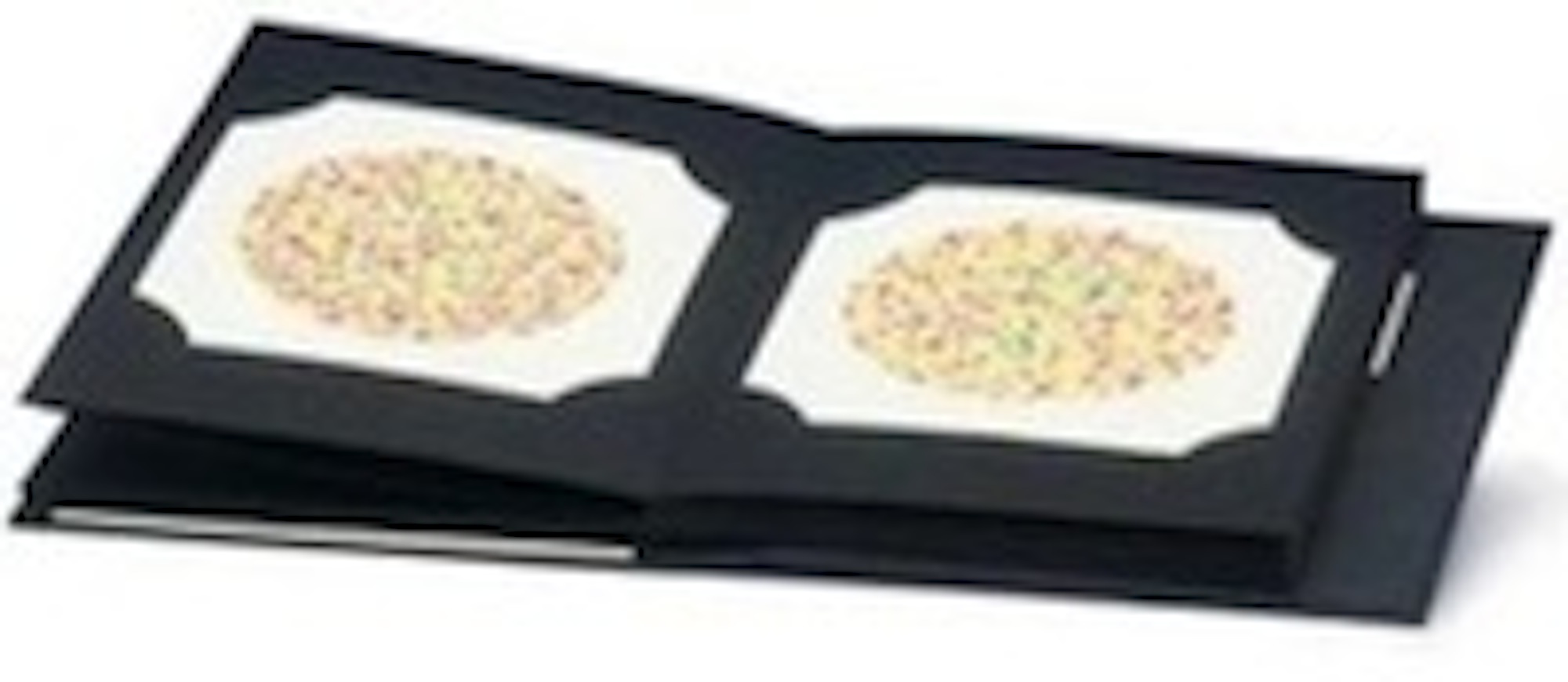An ‘Open-Ishihara-Book’ Case of What Lies Beneath…
Samuel George Parker1, Jonathan Costello2
1 Junior Doctor, Foundation Year 2 Doctor Royal Free Hospital, London.
2 Emergency Consultant, Royal Free Hospital, London.
NAME, ADDRESS, E-MAIL ID OF THE CORRESPONDING AUTHOR: Mr. Samuel George Parker, Flat 5, 68 Priory Road, West Hampstead, London, NW6 3RE
Phone: 07814136705
E-mail: samparker@nhs.net
Ishihara,Stroke,Migraine,Hemianopia
A 76-years-old male presented to our Emergency Department (ED) with a three-day history of refractory headache, nausea and photophobia, with an associated left visual field loss. His past medical history included migraine with typical prodromal presentations of nausea and photophobia, with preceding large monocular fortification spectra (which typically resulted in prolonged periods of left-sided visual field losses). The reason for the presentation on this occasion was related to the headache intensity. The ingestion of sumatriptan, as was indicated prior to his ED presentation, had good effect with partial resolution of the headache and nausea.
The reviews which were made by both the ED and the Ophthalmology staff revealed no objective visual defects despite the patient maintaining the presence of the left-sided visual field abnormality. However, the application of an ishihara booklet by the Ophthalmology Registrar uncovered a left Homonymous Hemianopia. A subsequent CT scan of the head which was done, revealed a right occipital cortex ischaemic stroke [Table/Fig-1].
Right Occipital Ischaemic Infarct

This case demonstrates the ongoing need for the clinical appli-cation of ishihara charts [Table/Fig-2] in the clinical practice, something which we perceive, is diminishing in the clinical practice. Importantly, this case reinforces the need for an objective and a thorough examination, irrespective of the likelihoods which are associated with a premorbid history. Equally, caution is required in dismissing the subjective presentations when objective findings are lacking.
